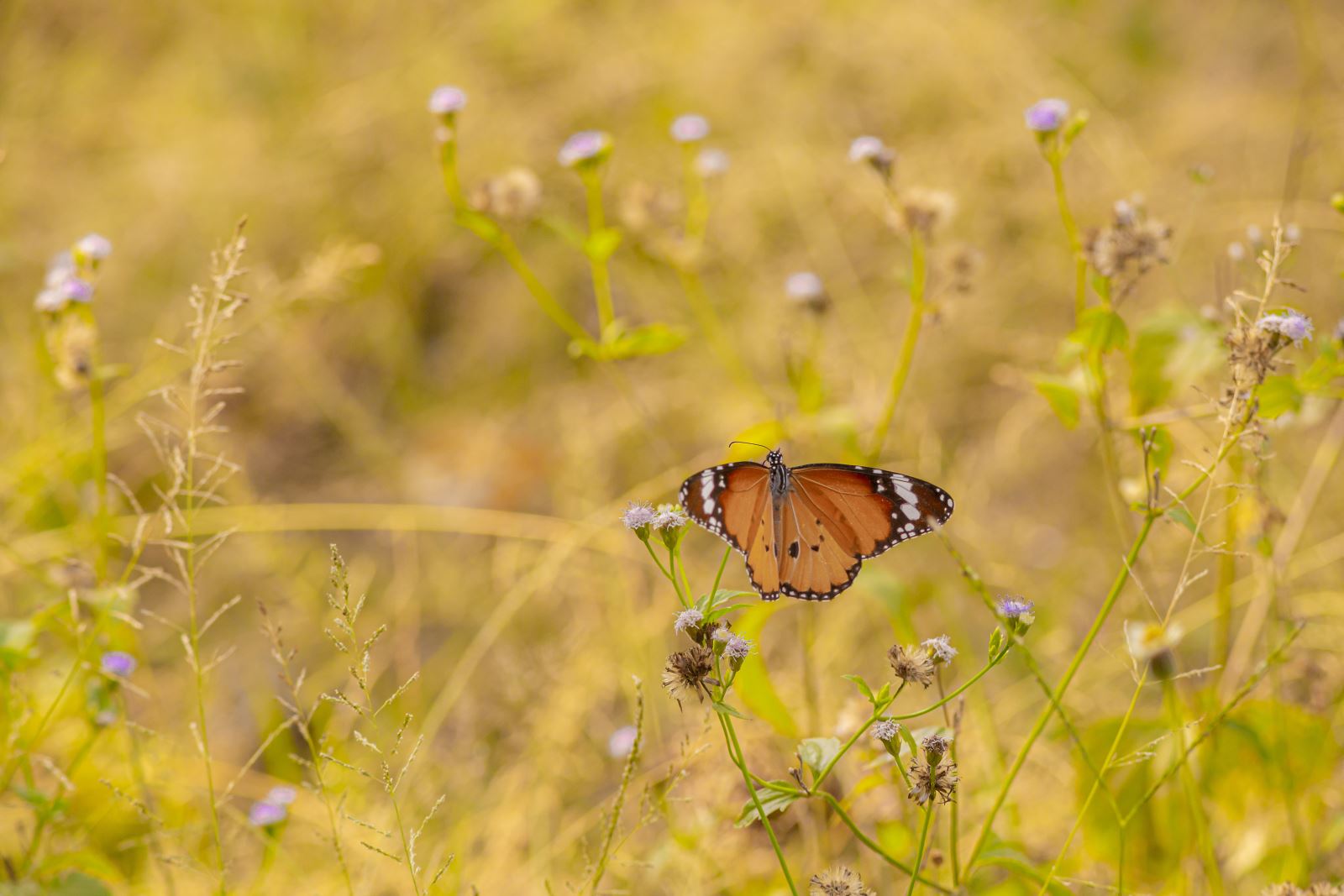Leave a Wild Patch: A Small Step for You, a Giant Leap for Nature

In our tidy gardens, it's easy to forget that nature thrives in the untamed. Leaving a wild patch — even just a small corner — can have a significant impact on biodiversity and support the struggling populations of pollinators like bees, butterflies, and hoverflies.
By allowing grasses to grow long and wildflowers to bloom naturally, you're providing essential habitat and food sources for insects that play a crucial role in pollination. These insects, in turn, support birds, hedgehogs, and other wildlife, creating a rich, interconnected ecosystem — right in your backyard.
A wild patch doesn’t require planting or much maintenance. Simply stop mowing and avoid weeding or using chemicals in that area. Native wildflowers like oxeye daisy, red clover, knapweed, and yarrow often appear on their own and are incredibly valuable for wildlife. Over time, your wild patch becomes a mini-meadow, buzzing with life.
For those short on space, even a wild planter or window box with pollinator-friendly plants such as lavender, marjoram, or cornflowers can make a difference.
Besides helping wildlife, wild patches are beautiful in their own right, offering a more natural aesthetic and a sense of seasonal change. They also improve soil health and can help reduce runoff by absorbing rainwater more effectively than closely mown lawns.
In a world where natural habitats are disappearing, your garden can be a sanctuary. Leaving a wild patch is a simple yet powerful act of conservation — and one that reconnects us with the natural rhythms of life.
So this summer, skip the strimmer, let it grow, and enjoy watching nature flourish.
MEASURE MY LAWN ONLINE
WANT A GUIDELINE PRICE?
Get an indicative price to cut your lawn without even stepping outside to measure your lawn.
ONLINE PRICE CALCULATOR